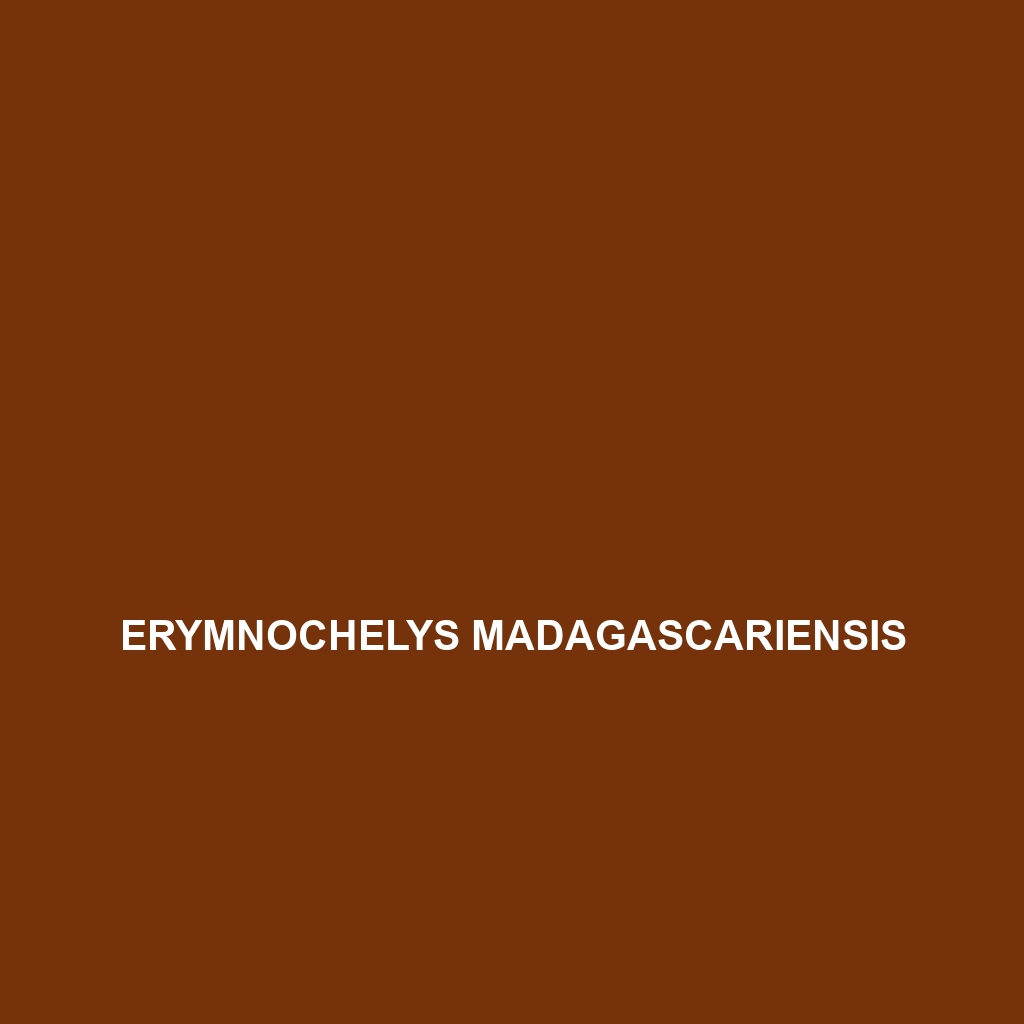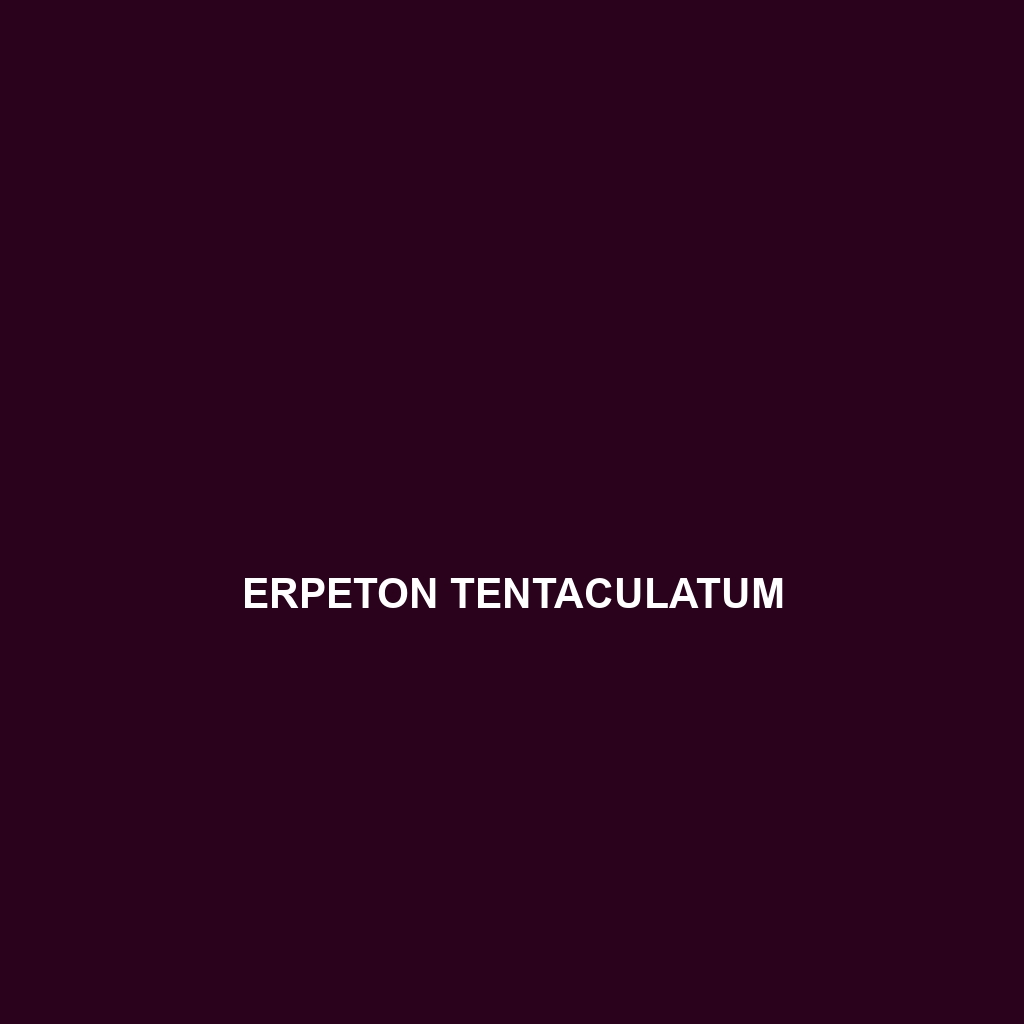
Month: October 2024
-

Cyrtopodion watsoni
Cyrtopodion watsoni, or Watson’s ground gecko, a vulnerable species native to the arid regions of Central Asia. Measuring 8 to 10 centimeters in length, this nocturnal gecko is known for its distinctive large eyes and ability to blend into rocky environments, primarily feeding on insects to maintain ecological balance.
-
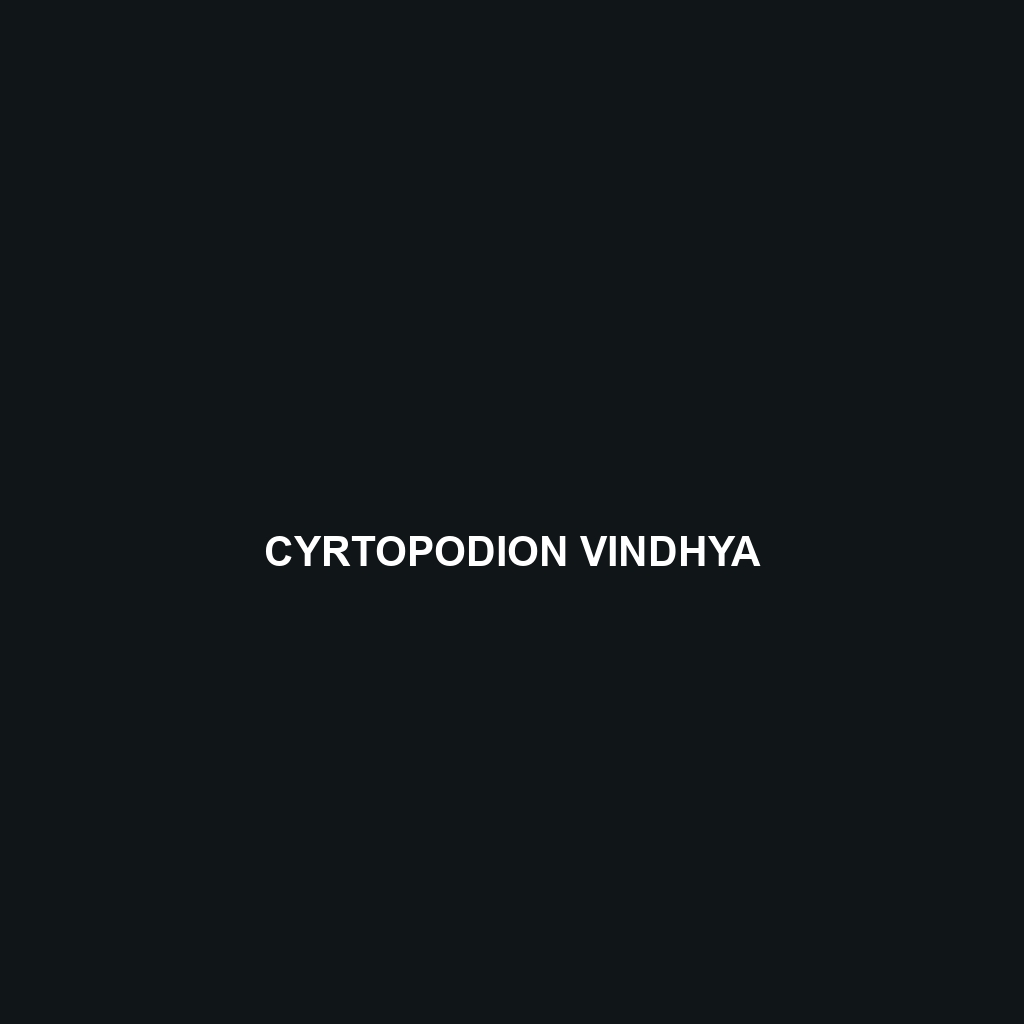
Cyrtopodion vindhya
Cyrtopodion vindhya, also known as the Vindhya Gecko, is a small to medium-sized lizard found in the rocky, arid regions of India’s Vindhya Range. This nocturnal species exhibits distinctive camouflage with light brown to gray coloration, thrives on a diet of insects, and plays a vital role in its ecosystem as both predator and prey.
-
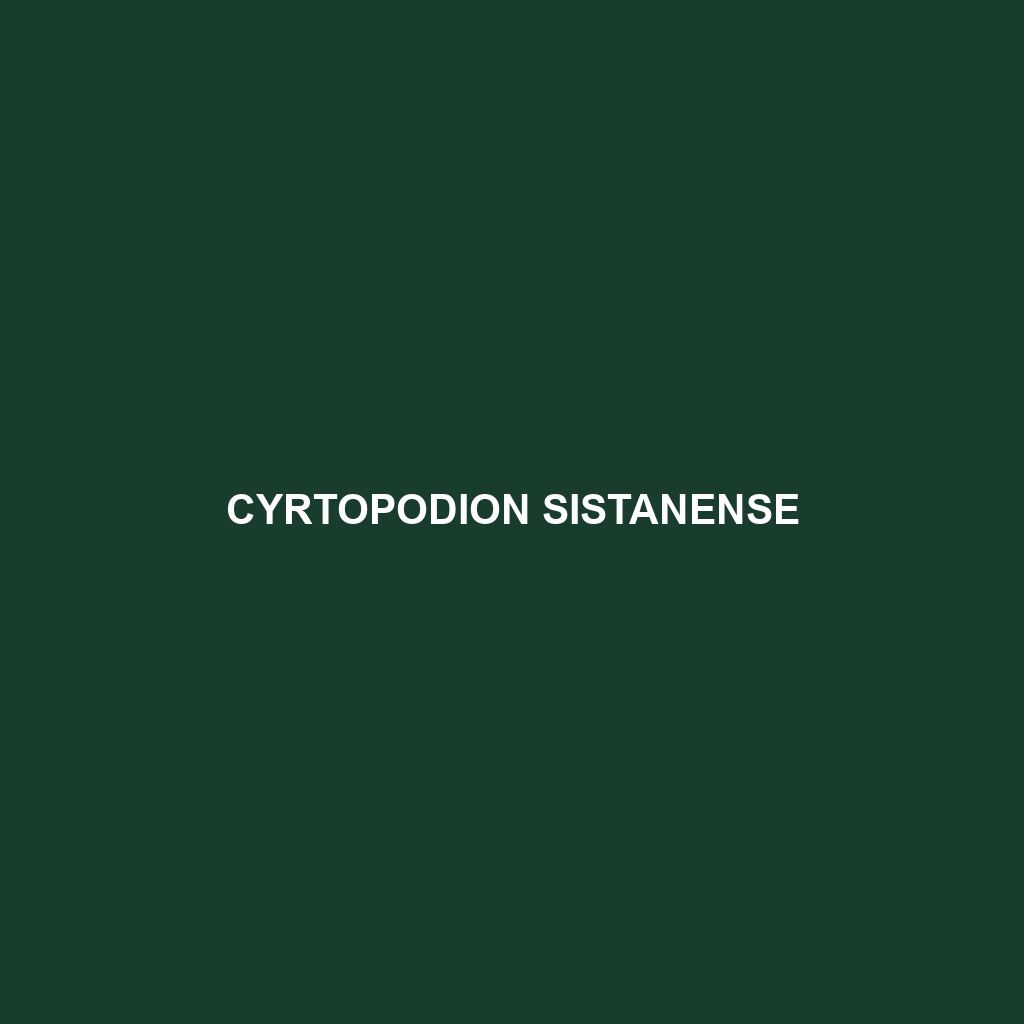
Cyrtopodion sistanense
This Cyrtopodion sistanense, a vulnerable gecko species native to the arid regions of southeastern Iran, measures 10-15 cm with a sandy coloration, large nocturnal eyes, and specialized toe pads for climbing. Predominantly nocturnal, it feeds on insects and plays a vital role in controlling insect populations within its desert ecosystem.
-
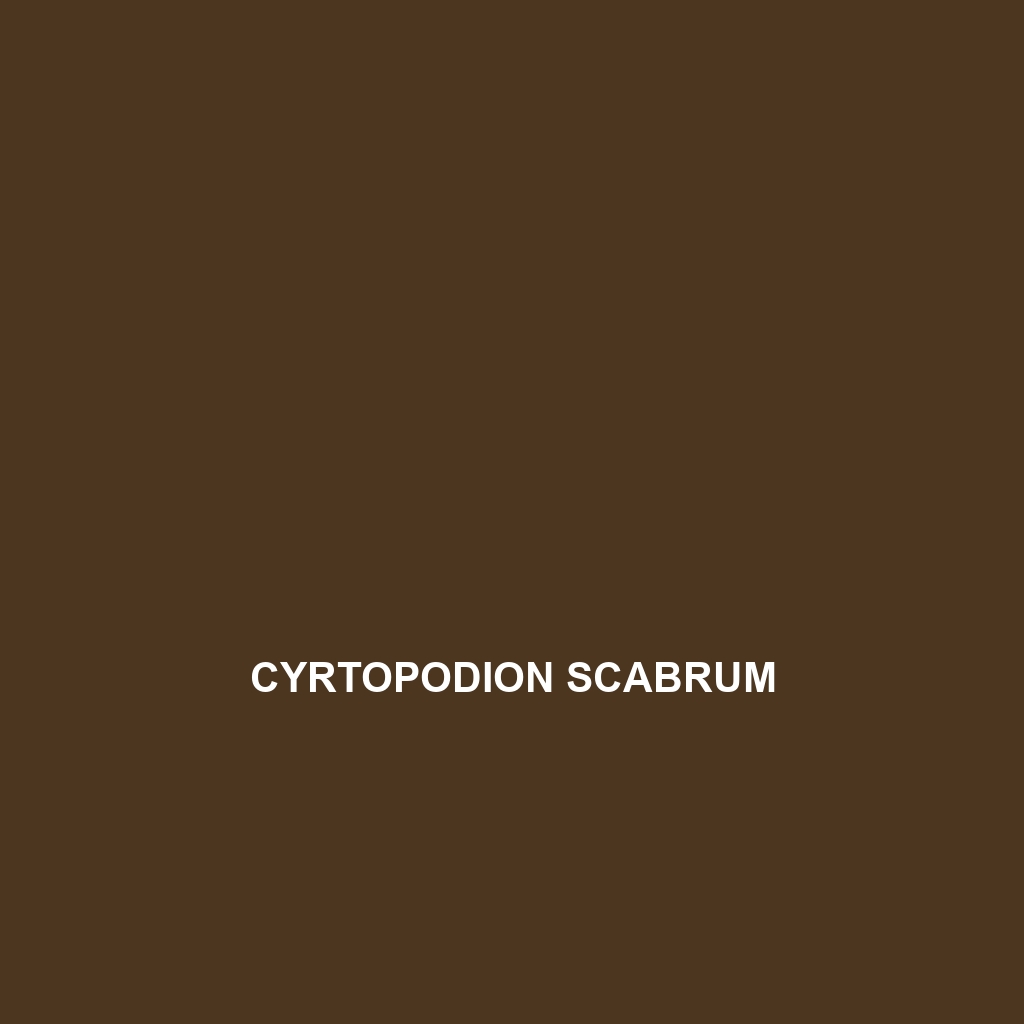
Cyrtopodion scabrum
Cyrtopodion scabrum, or scabrid gecko, a nocturnal reptile native to the rocky and arid regions of Central Asia. Ranging from 7 to 10 cm in length, this resilient insectivore features a distinctive tan to grayish-brown coloration with rough, textured skin for optimal camouflage and climbing ability.
-

Cyrtopodion rohtasfortai
Cyrtopodion rohtasfortai, also known as the “Rohtas Fort Gecko,” a medium-sized, nocturnal gecko native to the semi-arid regions of northern Pakistan. With its distinctive color patterns, agile movements, and vital role in pest control, this vulnerable species thrives among rocky substrates and vegetation near the iconic Rohtas Fort.
-
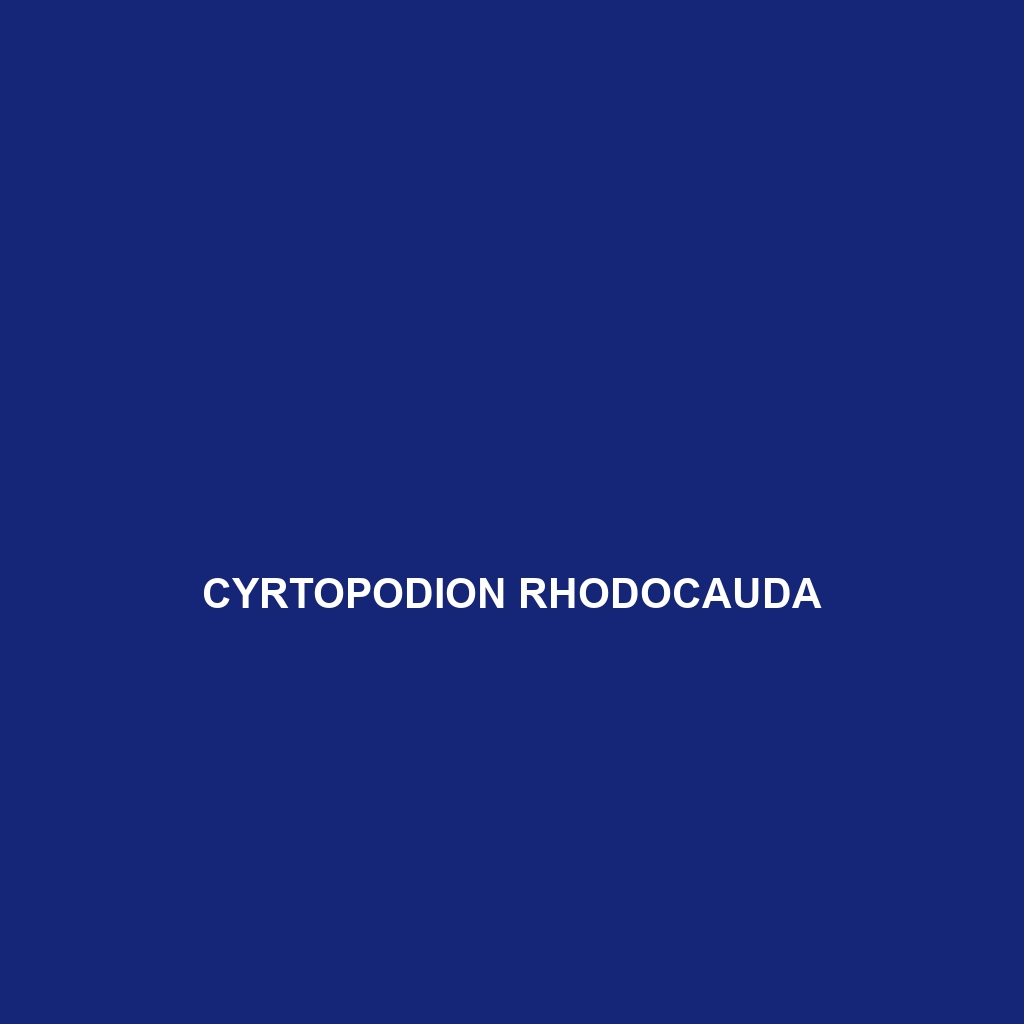
Cyrtopodion rhodocauda
Cyrtopodion rhodocauda, commonly found in the arid regions of Central Asia, is a small to medium-sized gecko known for its slender body, vibrant coloration, and flattish tail. This nocturnal hunter thrives in rocky desert environments, primarily feeding on insects while playing a vital role in the ecosystem as both predator and prey.
-

Cyrtopodion potoharense
Cyrtopodion potoharense, a vulnerable gecko species native to the arid regions of northern Pakistan, known for its sandy coloration and nocturnal hunting behavior. With distinctive dark spots and remarkable agility, this species plays a crucial role in its ecosystem by controlling insect populations and serving as prey for larger animals.
-

Cyrtopodion persepolense
captivating Cyrtopodion persepolense, a vulnerable gecko species from Persia, measuring 10-15 cm with sandy yellow to light brown coloration. This nocturnal predator thrives in arid rocky habitats, primarily feeding on insects and exhibiting remarkable climbing abilities and tail regeneration.
-

Cyrtopodion montiumsalsorum
Cyrtopodion montiumsalsorum (Montium Sand Gecko) This vibrant gecko, native to the mountainous regions of Central Asia, measures 10 to 15 cm and exhibits nocturnal behavior, feeding primarily on insects. Classified as vulnerable, it plays a vital role in its ecosystem while showcasing adaptations like color change and a tail-dropping defense mechanism.
-

Cyrtopodion medogense
Cyrtopodion medogense, a vulnerable gecko species from southeastern Tibet, known for its agile nocturnal behavior, distinctive camouflage, and diet primarily consisting of small insects. This rocky-habitat dweller plays a crucial role in maintaining ecological balance within its mountainous environment.
Search
Popular Posts
-
Erymnochelys madagascariensis
Discover the Madagascan Turtle (Erymnochelys madagascariensis), an endangered freshwater species known for its distinctive oval-shaped, camouflaged shell and elongated neck. This herbivorous turtle plays a crucial role in its ecosystem by maintaining aquatic vegetation and contributing to biodiversity in Madagascar’s unique habitats.
-
Erpeton tentaculatum
Erpeton tentaculatum, commonly known as the tentacled snake, is a unique, agile aquatic predator found in Southeast Asia’s freshwater ecosystems, distinguished by its elongated body and tentacle-like structures near its snout. This carnivorous species thrives in tropical climates, feeding primarily on fish and amphibians while playing a vital role in maintaining the balance of its…
-
Eroticoscincus graciloides
Introducing the Eroticoscincus graciloides, or slender skink, a striking reptile found in the lush rainforests of Papua New Guinea. This nocturnal, insectivorous skink showcases a slender body ranging from 10 to 15 cm, featuring smooth, glossy skin that varies in color from light brown to dark chocolate, and plays a crucial role in maintaining insect…
Categories
Archives
Tags
animal adaptations (752) animal behavior (4719) animal reproduction (783) bat species (661) behavior (919) biodiversity (6948) conservation (1670) conservation efforts (1473) conservation status (4782) diet (2098) echolocation (822) ecological balance (1512) ecological role (1397) ecology (790) ecosystem (1468) ecosystem role (2651) ecosystem roles (654) endangered species (2391) environmental conservation (685) habitat (3242) habitat conservation (928) Habitat Destruction (999) habitat loss (2967) insectivorous reptiles (682) IUCN Red List (1446) lizard reproduction (666) nocturnal animals (2695) nocturnal behavior (2243) physical characteristics (1981) reproduction (2853) reptile conservation (919) rodent (677) rodent species (1325) seed dispersal (2062) Seed Disperser (958) small mammals (1163) snake diet (641) snake reproduction (688) South America (784) species description (714) tropical forests (937) Vulnerable Species (4444) wildlife (2507) wildlife conservation (4537) wildlife protection (837)

